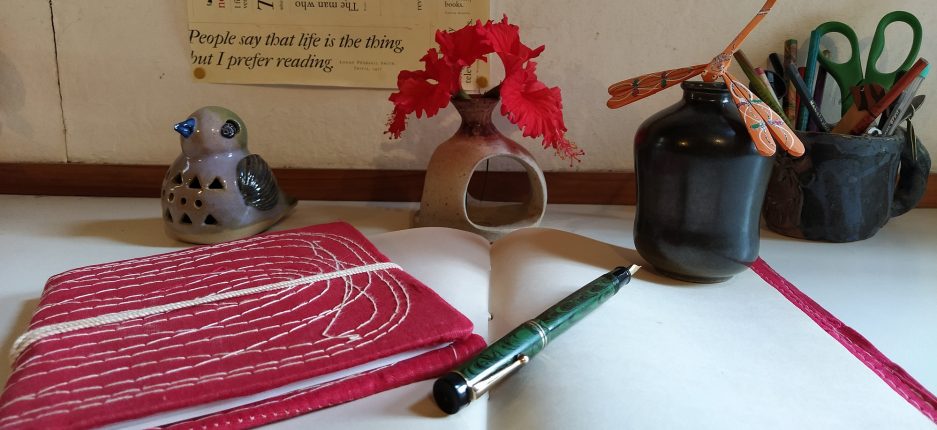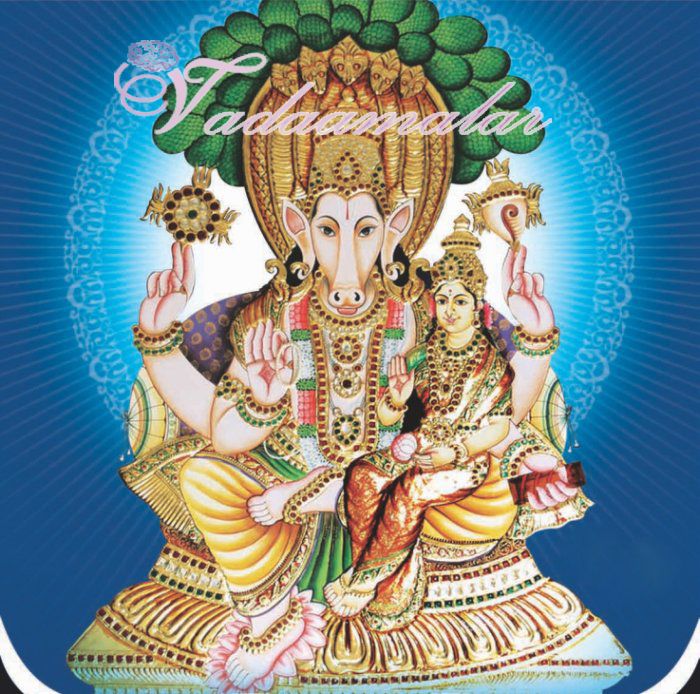Jamnalal Bajaj was considered Gandhiji’s fifth son, and adopted all his values—from Ahimsa to his dedication to the poor, to his commitment to locally made goods and his patriotic spirit. He was an active member of the Congress Party, and gave up the Rai Bahadur title conferred on him by the British Government, and joined the non-cooperation movement.
Importantly, Jamnalalji, in line with the trusteeship concept propounded by Gandhi, felt that inherited wealth was a sacred trust to be used for the benefit of the people and dedicated most of his wealth for the poor and under-privileged.
It was a stupendous level of sacrifice. Would it have been easy to accomplish without the support of his family? Probably not. But Jamnalal Bajaj was lucky in his life’s companion, Janakidevi Bajaj, who not only supported his ideals, but was a freedom fighter and social activist in her own right.
Janakidevi was just eight years old when she married the 12-year old Jamnalal. Both of them were highly influenced by Gandhiji. When Jamnalal took to the Gandhian way of life, Janakidevi was not far behind.
In letter and spirit, she willingly and happily gave up the comfortable lifestyle of a successful industrialist’s wife. At the age of 24, answering the Mahatma’s call, she gave up all her gold ornaments. To her dying day, she never wore any gold again. At the age of 28, she took the vow to give up foreign clothes, and to wear only Kadhi. She burnt all the foreign clothes they had in the house at the central chowk of Wardha. These included expensive saris, silks, suits, woollens and even tapestries depicting Gods. She spun khadhi and encouraged others to take up the vocation. She also gave up purdah in 1919, and motivated other women to do the same, striking a blow for freeing women.
Jamnalal and Janakidevi lived by every ideal they professed. With a deep desire to abolish untouchability, they were the first to open the doors of a temple to Harijans. On 17th July, 1928, the couple threw upon the doors of their family temple in Wardha to Harijans. This was a revolutionary move. Going further, she also hired a Dalit as part of her household staff to serve food to the family.
Throughout the years of the freedom movement, she travelled across the country and addressed and inspired thousands with her message of Swaraj, of the need to boycott foreign goods, of the importance of spinning cloth, the need to eradicate the evil of untouchability, and for social reform.

After 1947 when the country became free, she continued her social work. She was an ardent follower of Vinobha Bhave and worked tirelessly in the Bhoodhan movement. She came out with the innovative idea of ‘koopdaan’, the donation of wells, and collected resources with the ambition that every household could have a well. She also worked for education of women, and espoused the cause of gau-seva.
She was a respected and inspiring figure for those working in the development sector in India, and was awarded the Padma Vibhushan in 1956, in recognition of a lifetime of service.
It was men and women such as these who kept the spirit of Gandhiji and his ideals alive. As we mark the Mahatma’s martyrdom day, it is an appropriate time to remind ourselves of these ideals—non-violence, brotherhood, a burning desire to correct social and economic wrongs, tolerance, and goodwill towards all.
–Meena









